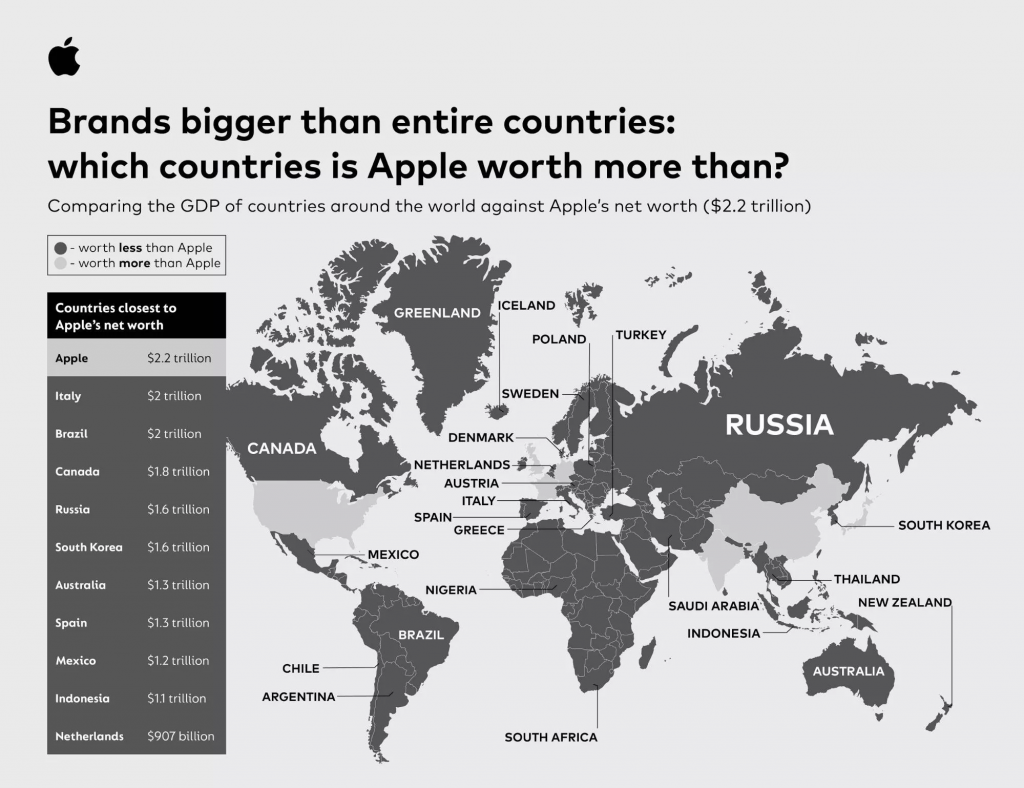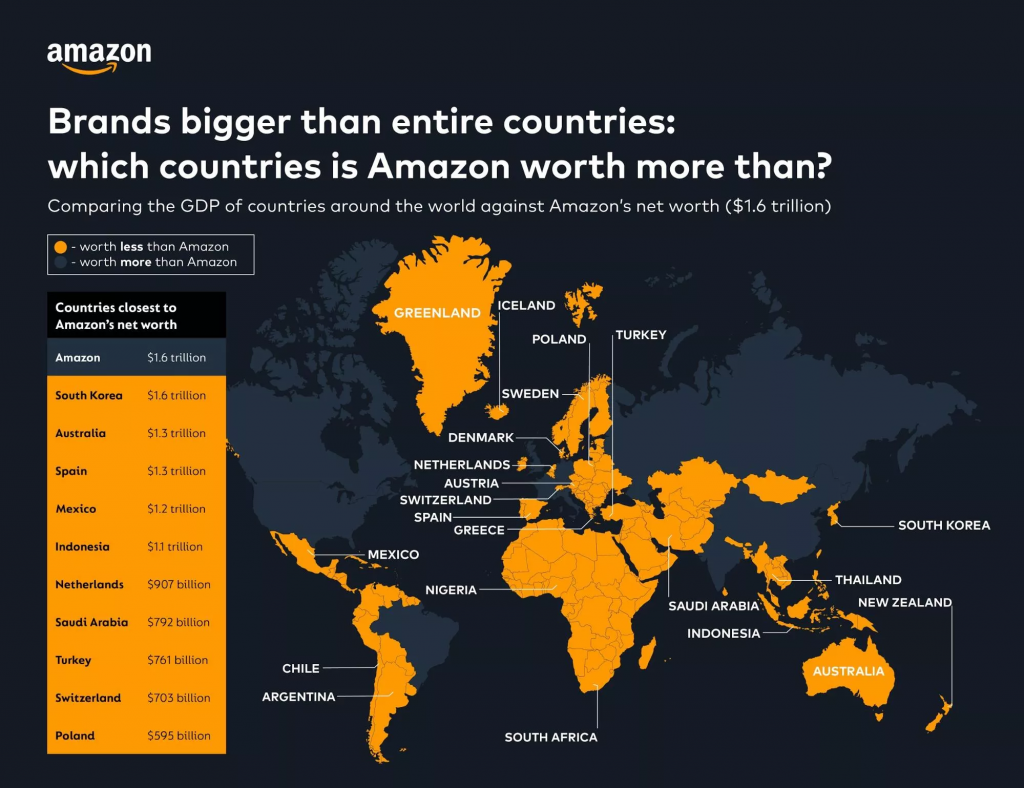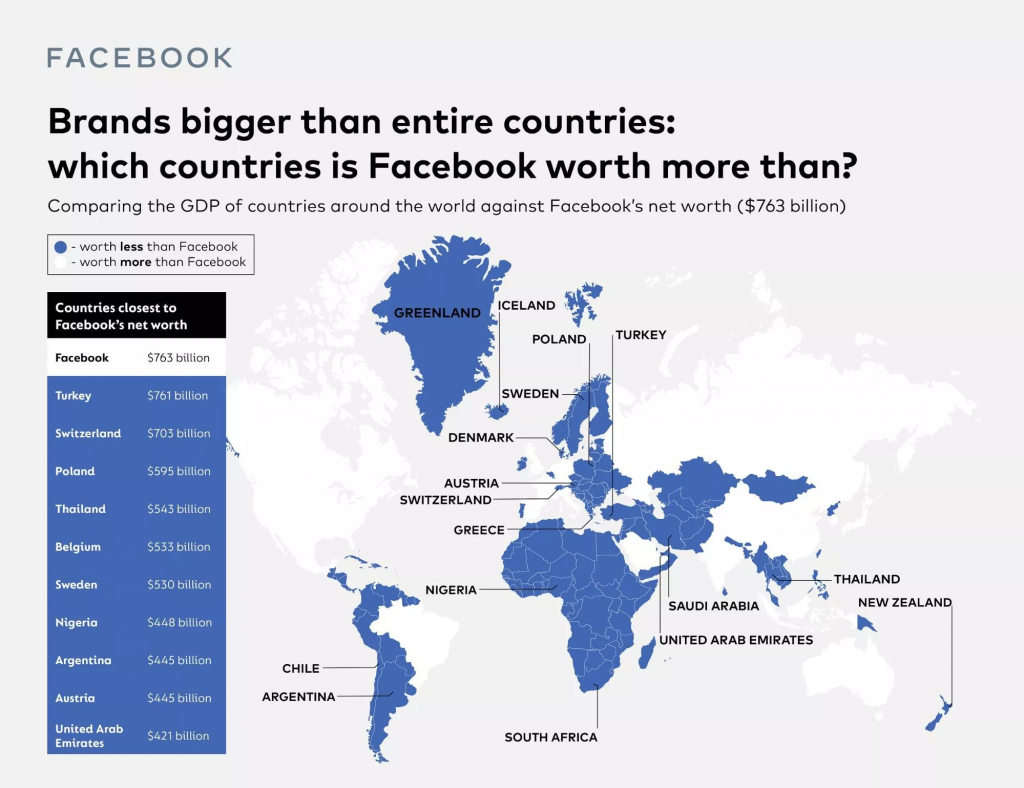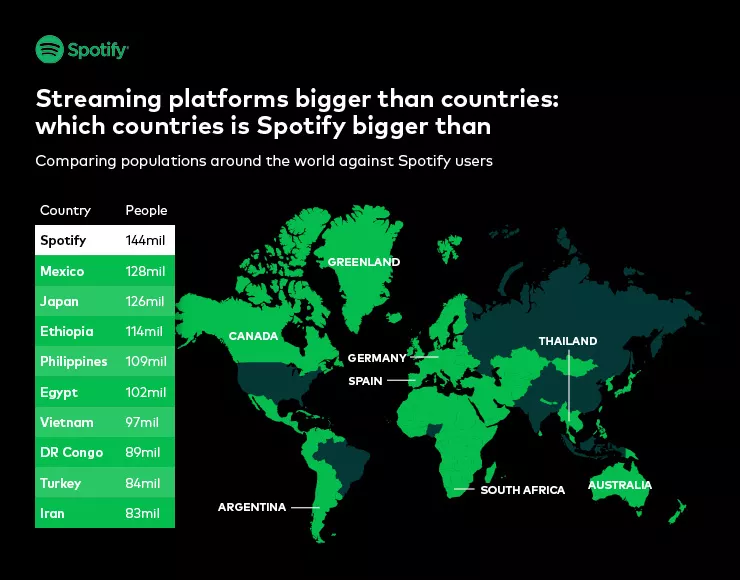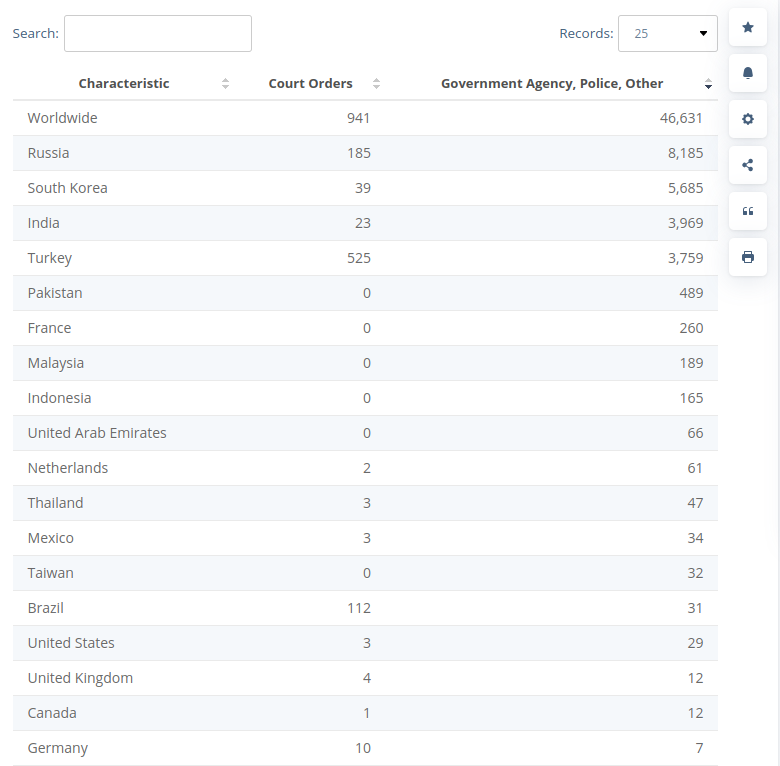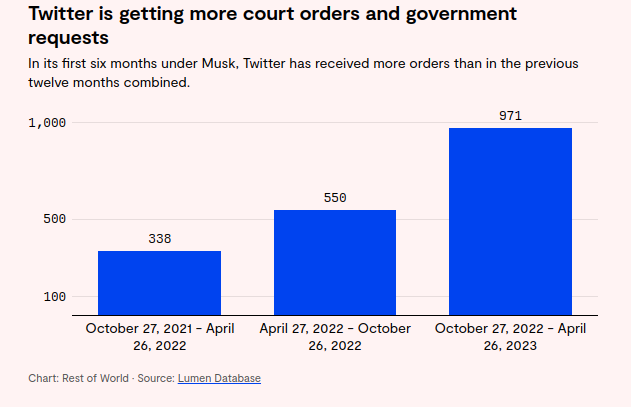How Will China’s Quantum Advances Change Internet Security?

Image Generated with Dalle 3
Introduction:
Chinese scientists have recently announced that they have successfully cracked military-grade encryption using a quantum computer with 372 qubits, a significant achievement that underscores the rapid evolution of quantum technology. This breakthrough has sparked concerns across global cybersecurity communities as RSA-2048 encryption—a widely regarded standard—was reportedly compromised. However, while this development signifies an important leap forward in quantum capabilities, its immediate implications are nuanced, particularly for everyday encryption protocols.
Drawing on technical insights from recent papers and analyses, this article delves deeper into the technological aspects of the breakthrough and explores why, despite this milestone, quantum computing still has limitations that prevent it from immediately threatening personal and business-level encryption.
The Quantum Breakthrough: Factoring RSA-2048
As reported by The Quantum Insider and South China Morning Post, the Chinese research team employed a 372-qubit quantum computer to crack RSA-2048 encryption, a cryptographic standard widely used to protect sensitive military information. RSA encryption relies on the difficulty of factoring large numbers, a task that classical computers would take thousands of years to solve. However, using quantum algorithms—specifically an enhanced version of Shor’s algorithm—the team demonstrated that quantum computers could break RSA-2048 in a much shorter time frame.
The breakthrough optimised Shor’s algorithm to function efficiently within the constraints of a 372-qubit machine. This marks a critical turning point in quantum computing, as it demonstrates the potential for quantum systems to tackle problems previously considered infeasible for classical systems. However, the paper from the Chinese Journal of Computers (2024) offers deeper insights into the quantum architecture and algorithmic refinements that made this breakthrough possible, highlighting both the computational power and limitations of the system.
Quantum Hardware and Algorithmic Optimisation
The technical aspects of the Chinese breakthrough, as detailed in the 2024 paper published in the Chinese Journal of Computers (CJC), emphasise the improvements in quantum hardware and algorithmic approaches that were key to this success. The paper outlines how the researchers enhanced Shor’s algorithm to mitigate the high error rates commonly associated with quantum computing, allowing for more stable computations over longer periods. This required optimising quantum gate operations, reducing quantum noise, and employing error-correction codes to preserve the integrity of qubit states.
Despite these improvements, the paper makes it clear that current quantum computers, including the 372-qubit machine used in this experiment, still suffer from several limitations. The system required an extremely controlled environment to maintain qubit coherence, and any deviation from ideal conditions would have introduced significant errors. Furthermore, the researchers faced challenges related to the scalability of the system, as error rates increase exponentially with the number of qubits involved. These limitations are consistent with the broader consensus in the field, as noted by Bill Buchanan and other experts, that practical quantum decryption on a global scale is not yet feasible.
The CJC paper also points out that while the breakthrough is impressive, it does not represent a complete realisation of quantum supremacy—the point at which quantum computers outperform classical computers across a wide range of tasks. The paper discusses the need for further advancements in quantum gate fidelity, qubit interconnectivity, and error correction to make quantum decryption scalable and applicable to broader, real-world encryption protocols.
Technical Analysis based on Li et al. (2024):
The paper explores two approaches for attacking RSA public key cryptography using quantum annealing:
1. Quantum Annealing for Combinatorial Optimization:
- Method: This approach translates the mathematical attack method into a combinatorial optimization problem suited for the Ising model or QUBO model [1]. The Ising model represents a system of interacting spins, which can be mapped to the problem of factoring large integers used in RSA encryption.
- Key Contribution: The paper proposes a high-level optimization model for multiplication tables and establishes a new dimensionality reduction formula. This formula reduces the number of qubits needed, thus saving resources and improving the stability of the Ising model [1]. The authors demonstrate this by successfully decomposing a two-million-level integer using a D-Wave Advantage system.
- Comparison: This approach outperforms previous methods by universities and corporations like Purdue, Lockheed Martin, and Fujitsu [1]. This is achieved by significantly reducing the range of coefficients required in the Ising model, leading to a higher success rate in decomposition.
- Focus: This technique represents a class of attack algorithms specifically designed for D-Wave quantum computers, known for their use of quantum annealing [1].
2. Quantum Annealing with Classical Methods:
- Method: This approach combines the quantum annealing algorithm with established mathematical methods for cryptographic attacks, aiming to optimize attacks on specific cryptographic components [1]. It integrates the classical lattice reduction algorithm with the Schnorr algorithm.
- Key Contribution: The authors leverage the quantum tunneling effect to adjust the rounding direction within the Babai algorithm, allowing for precise vector determination, a crucial step in the attack [1]. Quantum computing’s exponential acceleration capabilities address the challenge of calculating numerous rounded directions, essential for solving lattice problems [1]. Additionally, the paper proposes methods to improve search efficiency for close vectors, considering both qubit resources and time costs [1]. Notably, it demonstrates the first 50-bit integer decomposition on a D-Wave Advantage system, showcasing the algorithm’s versatility [1].
- Comparison: The paper argues that D-Wave quantum annealing offers a more practical approach for smaller-scale attacks compared to Variational Quantum Algorithms (VQAs) on NISQ (Noisy Intermediate-Scale Quantum) computers. VQAs suffer from the “barren plateaus” problem, which can hinder algorithm convergence and limit effectiveness [1]. Quantum annealing is less susceptible to this limitation and offers an advantage when dealing with smaller-scale attacks.
Citations:
- Li, Gao, et al. “A Novel Quantum Annealing Attack on RSA Public Key Cryptosystems.” WC 2024 (2024).
Implications for Civilian Encryption: Limited Immediate Impact
While the Chinese breakthrough is undeniably significant, it is essential to recognise that the decryption of military-grade encryption does not immediately translate to vulnerabilities in civilian encryption protocols. Most personal and business communications rely on RSA-1024, elliptic-curve cryptography (ECC), or other lower-bit encryption systems. These systems remain secure against the capabilities of today’s quantum computers.
Moreover, as highlighted in the paper by Buchanan and echoed in the CJC analysis, many organisations are already transitioning towards post-quantum cryptography (PQC). PQC algorithms are specifically designed to withstand quantum attacks, ensuring that even as quantum computers advance, encryption systems will evolve to meet new threats.
Another key point raised by the CJC paper is that quantum decryption requires an immense amount of resources and computational power. The system used to break RSA-2048 involved highly specialised hardware and extensive computational time. Scaling such an operation to break everyday encryption protocols, such as those used in internet banking or personal communications, would require quantum computers with far more qubits and error-correction capabilities than are currently available.
Preparing for a Quantum Future: Post-Quantum Cryptography
As quantum computing technology evolves, it is imperative that governments, companies, and cybersecurity professionals continue preparing for the eventual reality of quantum decryption. This preparation includes developing and implementing post-quantum cryptographic solutions that are immune to quantum attacks. The National Institute of Standards and Technology (NIST) has already initiated efforts to standardise post-quantum cryptographic algorithms, which are designed to be secure against both classical and quantum attacks. The CJC paper underlines the importance of this transition and suggests that PQC will likely become the new standard in encryption over the next decade.
In addition to PQC, the CJC paper highlights the need for ongoing research into hybrid encryption systems, which combine classical cryptographic techniques with quantum-resistant methods. These hybrid systems could provide a transitional solution, allowing existing infrastructure to remain secure while fully quantum-resistant algorithms are developed and implemented.
Conclusion: A Scientific Milestone with Limited Immediate Consequences
The Chinese research team’s quantum decryption of military-grade encryption is a groundbreaking scientific achievement, signalling that quantum computing is rapidly advancing towards practical applications. However, as emphasised in the technical analyses from the Chinese Journal of Computers and other sources, this breakthrough is not yet a direct threat to civilian encryption systems. Current quantum computers remain limited by their error rates, scalability challenges, and the need for controlled environments, preventing widespread decryption capabilities.
As organisations and governments prepare for a post-quantum future, the adoption of post-quantum cryptography and hybrid systems will be crucial in ensuring that encryption protocols remain robust against both classical and quantum threats. While the breakthrough highlights the potential power of quantum computing, its impact on everyday encryption is still years, if not decades, away.
References and Further Reading
- Bill Buchanan, “A Major Advancement on Quantum Cracking,” Medium, 2024.
- The Quantum Insider, “Chinese Scientists Report Using Quantum Computer to Hack Military-Grade Encryption,” October 11, 2024.
- South China Morning Post, “Chinese Scientists Hack Military-Grade Encryption Using Quantum Computer,” October 2024.
- Interesting Engineering, “China’s Scientists Successfully Hack Military-Grade Encryption with Quantum Computer,” October 2024.
- Shor, P.W., “Algorithms for Quantum Computation: Discrete Logarithms and Factoring,” Proceedings of the 35th Annual Symposium on Foundations of Computer Science, 1994.
- National Institute of Standards and Technology (NIST), “Post-Quantum Cryptography: Current Status,” 2024.
- Chinese Journal of Computers, “Quantum Algorithmic Enhancements in Breaking RSA-2048 Encryption,” 2024.
